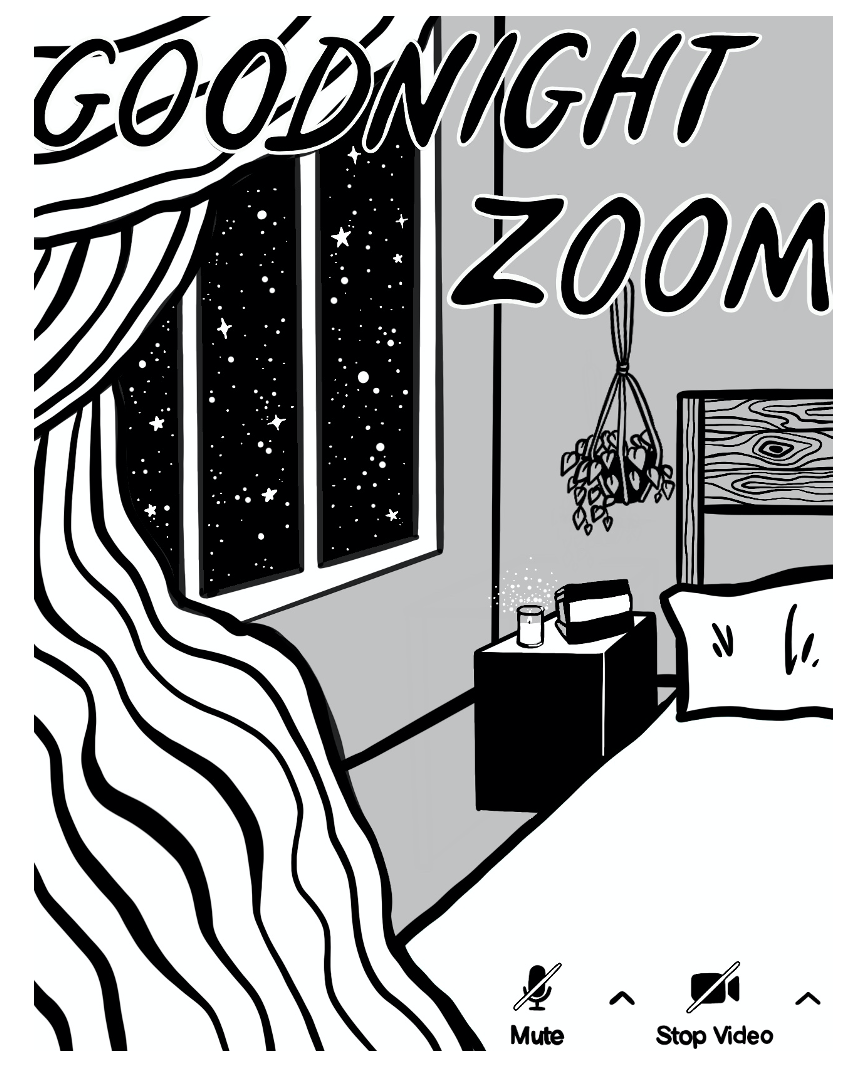Circle Weaving to Combat Anxiety
- Drexel ATC

- Dec 3, 2020
- 2 min read
Week 9: Weaving
Population: Children
Disorder: Anxiety Disorders
For this art making process I chose to use a combination of both embroidery and weaving. I have experience creating embroideries and have sold quite a few as part of my profession as an artist. I wanted to explore how I could incorporate multiple methods into this one experience and was drawn to the idea of weaving. I chose to ‘disrupt’ a fabric and create a significant hole within it. Afterwards, I sewed a circular loom for weaving, and used a needle and thread to create a weaving within the embroidery.
I found the inspiration for this process through a hashtag I follow on Instagram called ‘visible mending’. Artists take worn/weathered clothing or fabric and use creative weaving techniques to mend the hole or disruption that has occurred. I was drawn to the process due to the pleasing intention of taking something disrupted and making it whole again. As someone who personally struggles with an anxiety disorder, the process itself was incredibly soothing from constructing a loom, to making slow repetitive movements as I wove the thread through. I watched as the disruption in fabric was slowly filled by a strong and soft weaving. At one point, the edges of the fabric began to fray and I went back in with a needle and thread to reinforce the edges of the fabric. Following this process within the structure of the embroidery hoop added additional support and containment. Between the lack of cognitive/affectual elements and the strong use of kinesthetic and sensory elements, I entered almost a meditative state and was able to slip away from a fairly consistent stream of anxious thoughts.
I believe this could be a potential approach to working with children with anxiety disorders for a few reasons. In discussing the Expressive Therapies Continuum, Liza D. Hinz (2020) notes that “a regular circular form has a centering effect on the creator which aids in anxiety reduction” (p. 75) as well as “allowing clients to choose the colors that they work with can also reduce anxiety” (p. 95). As the children work within the concentric circles of the embroidery hoop and the weaving itself, selecting various colors to weave throughout the loom, they are engaging in mindful tasks that have been proven to reduce anxiety.
Hinz, L. D. (2020). Expressive therapies continuum: A framework for using art in therapy (2nd ed.). Routledge.




Comments